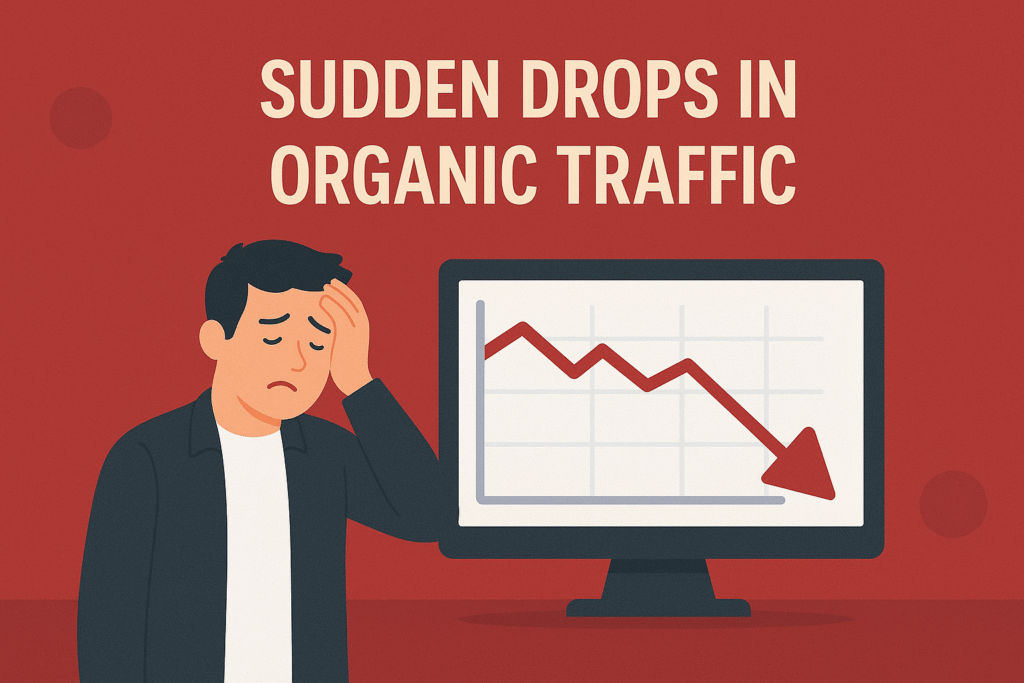Dealing With Sudden Drops in Organic Traffic?

There’s nothing quite as panic-inducing as logging into your analytics dashboard and seeing a sharp, unexplained dip. I’ve been there — more than once. And I can tell you, whether you’re managing a personal brand site or a large content platform, sudden organic traffic drops are a wake-up call that something, somewhere, has shifted. “According […]
